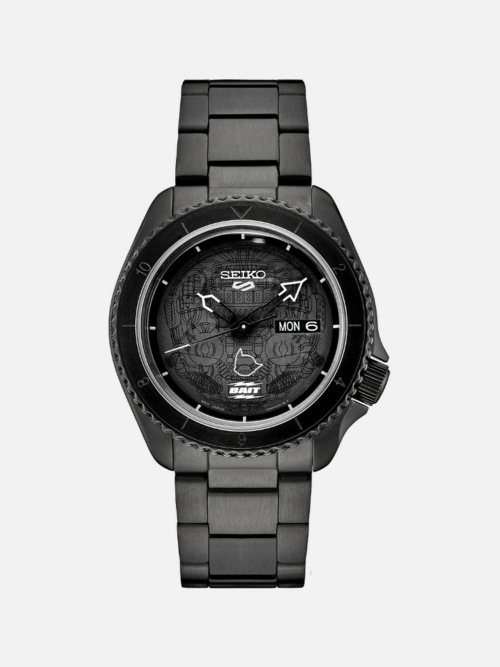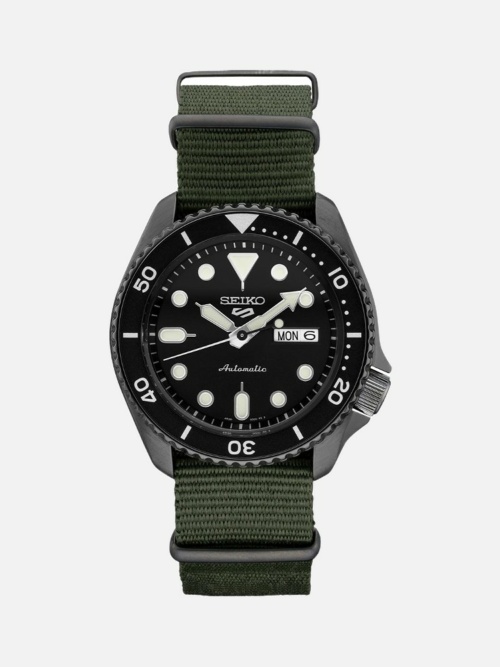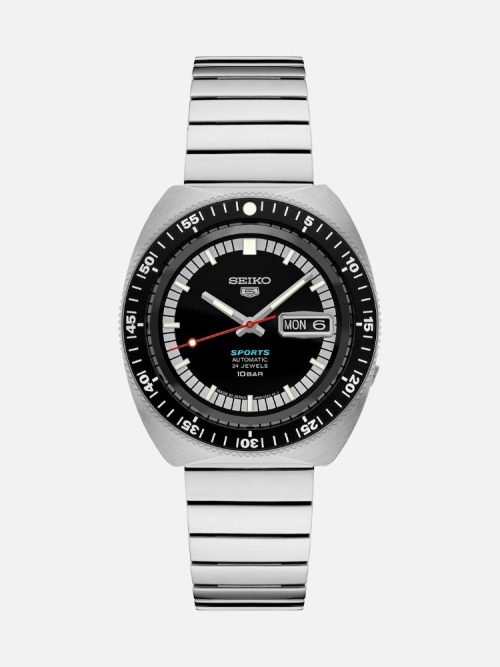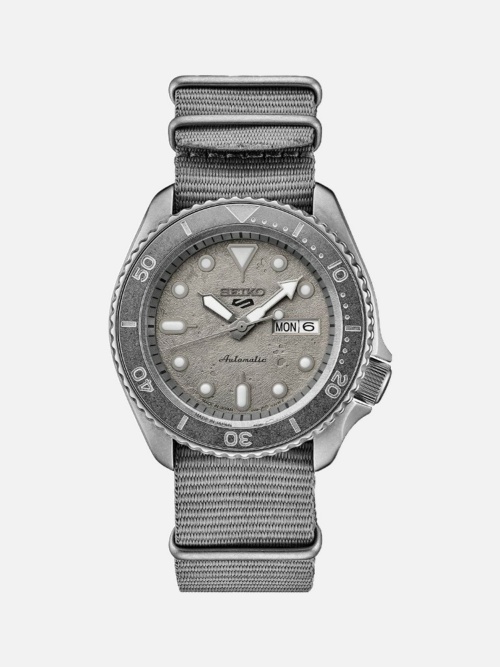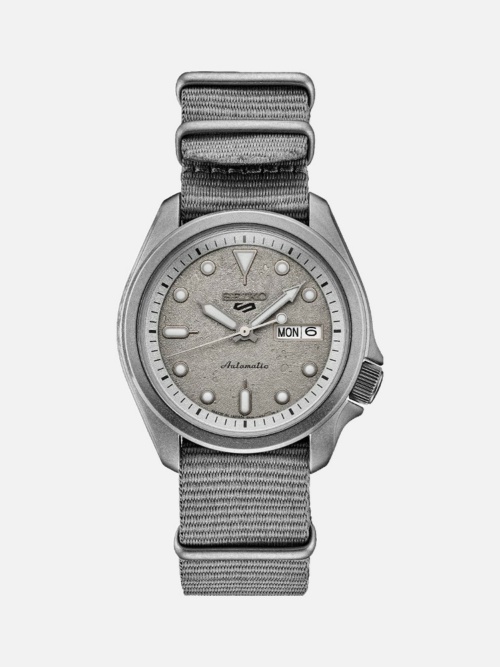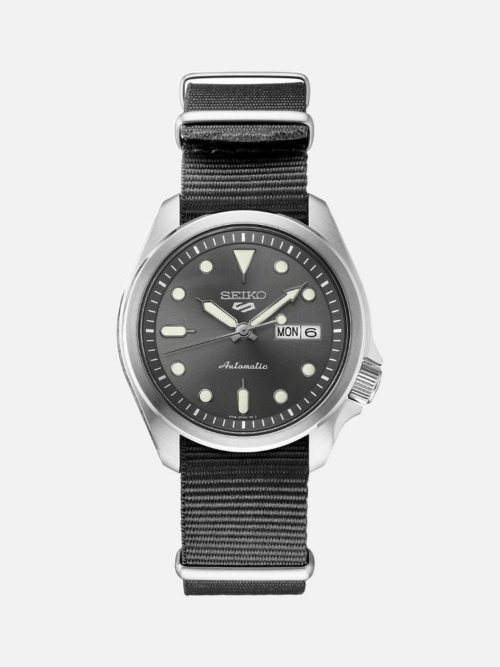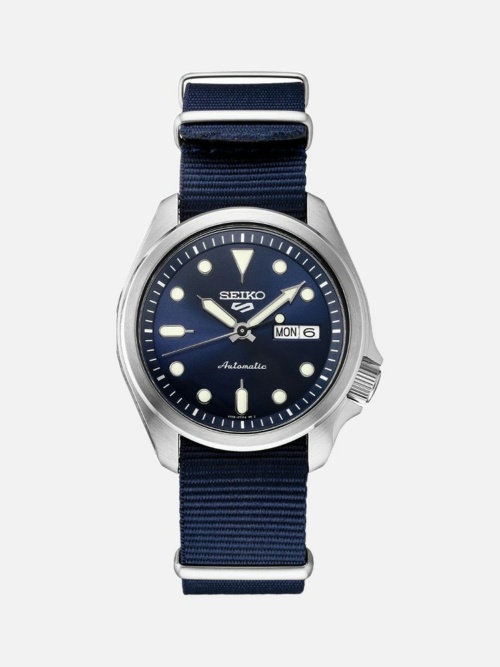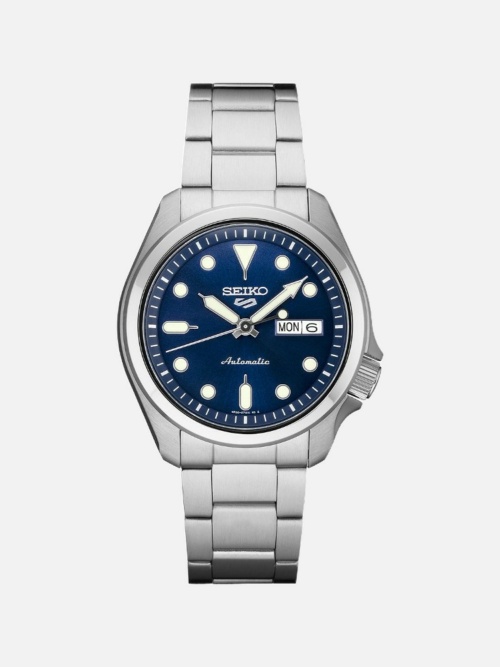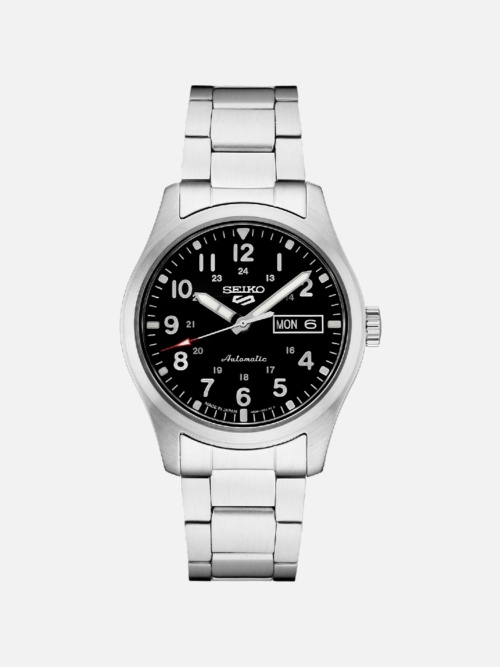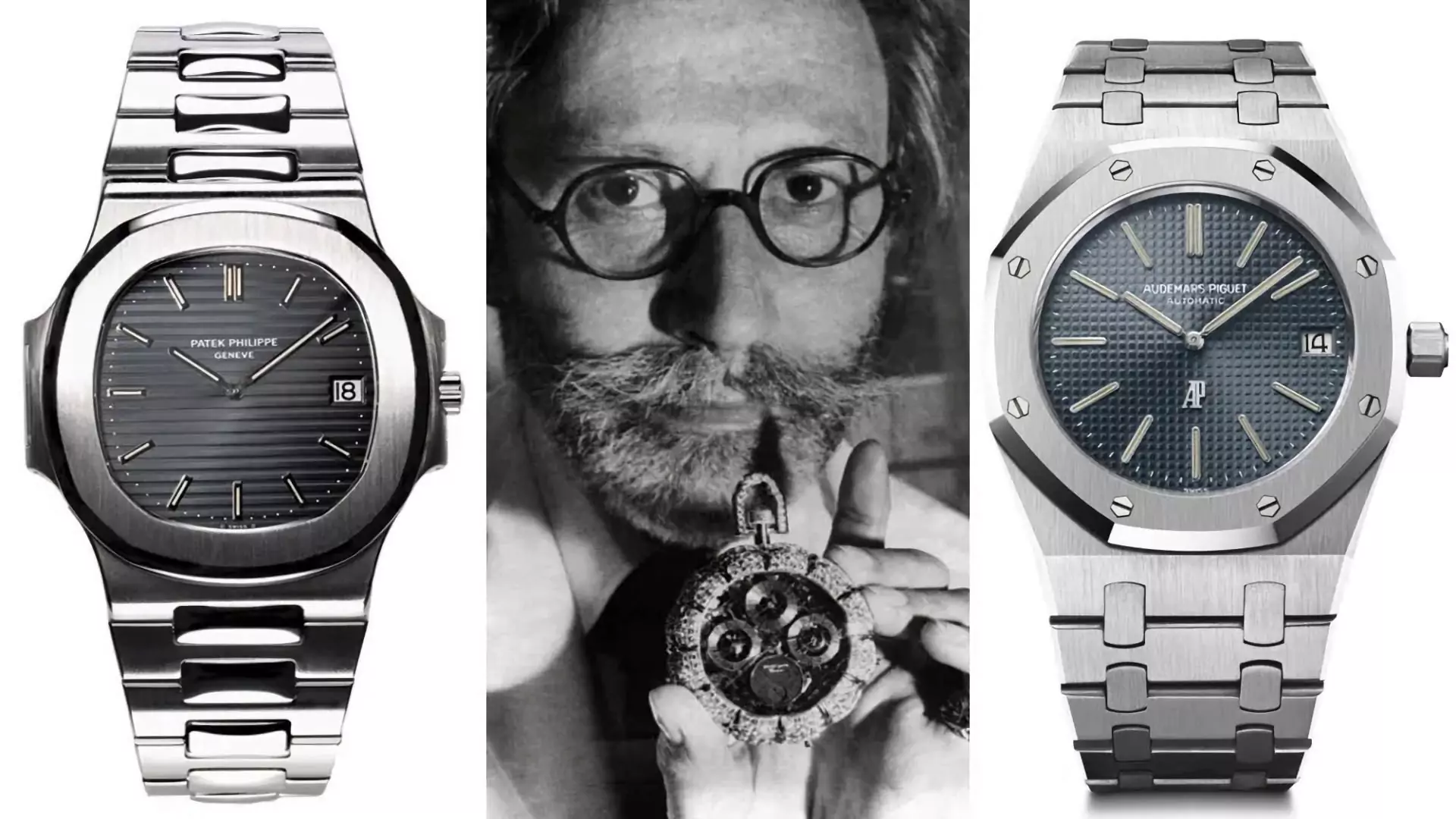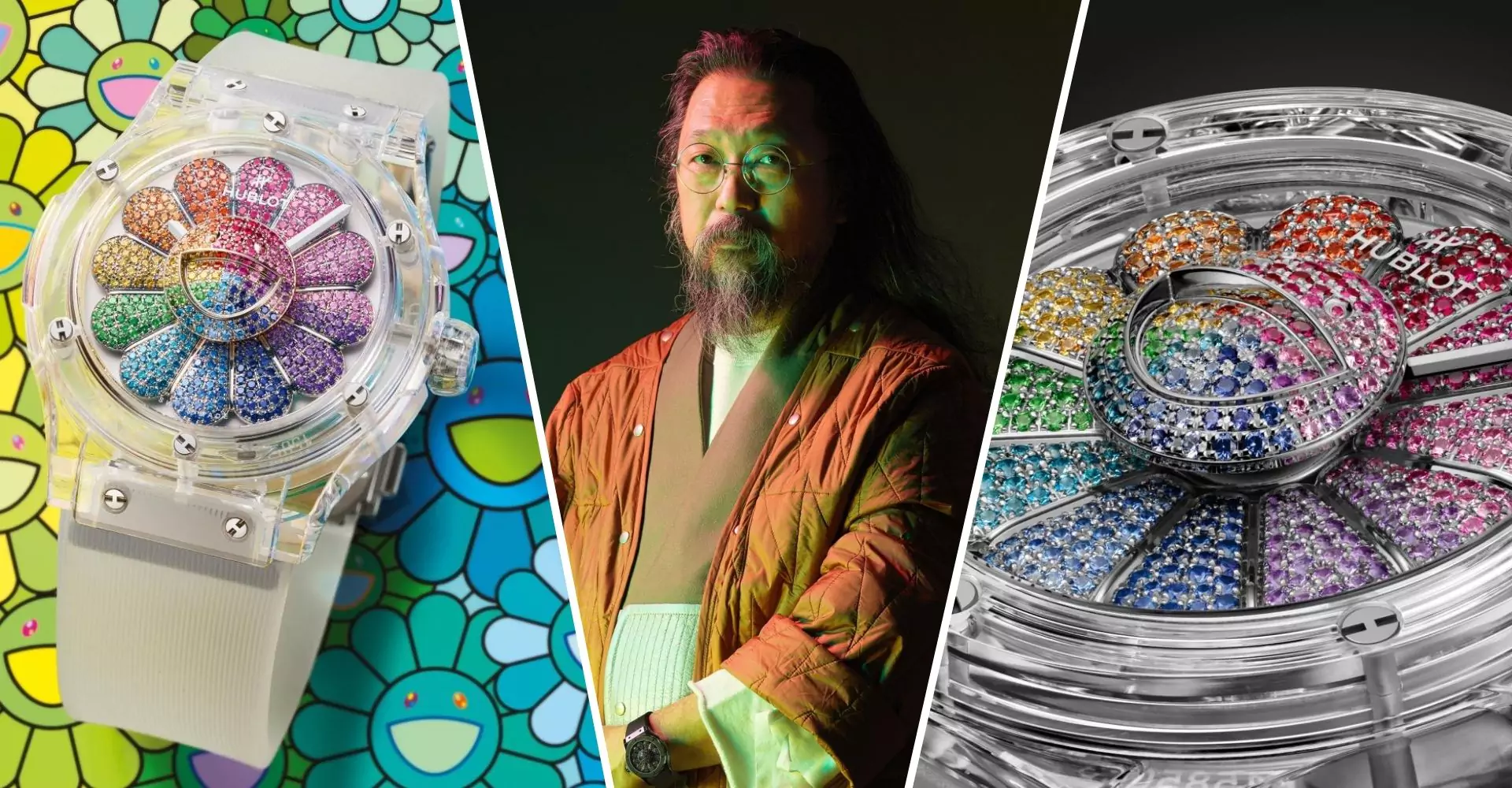The Sixties represented the midst of the great mechanical watchmaking boom in the West and the East, and owning a watch then was a sign of distinction coveted by all, even those of limited economic means.
So this was the time when Seiko set about developing its project to have a beautiful, efficient, durable, water-resistant, and self-winding watch that everyone could afford. And in 1963, it presented the first lineup of its model, the “Sportsmatic 5” – a name that was later simplified to “Five.”
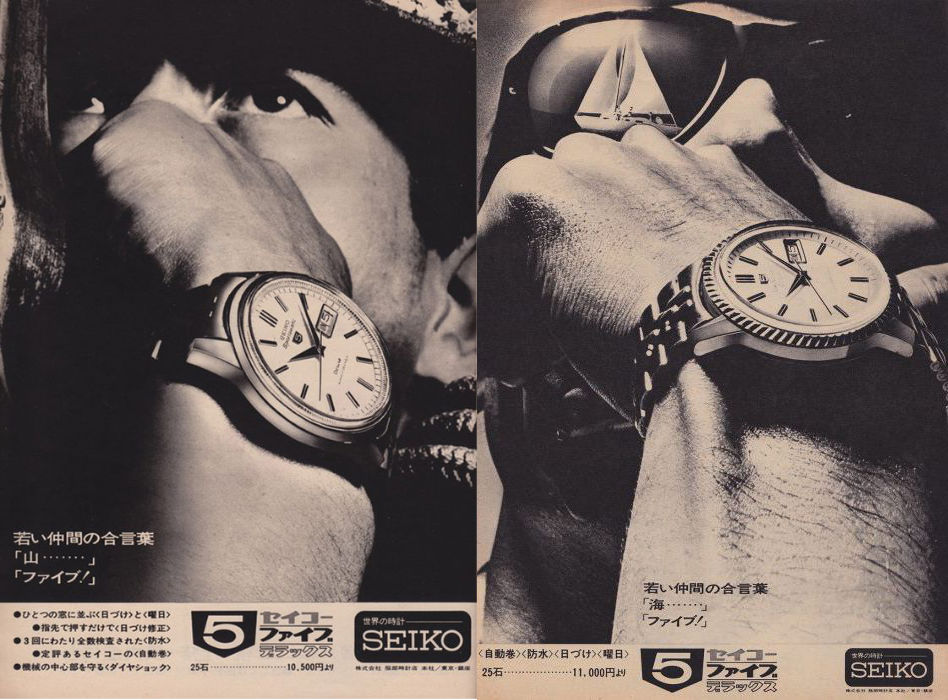
In 1964, during the Olympic Games in Tokyo, the Japanese company developed the Five series, and had the opportunity to present them to the whole world – and immediately achieved great success, so much so that in 1966 the number of “Five” exported worldwide was greater than the total number of automatic watches produced in Switzerland.
The secret of the success of the Seiko 5: five points and three persons
For those who have wondered why this name, the Five represents the five objectives that Ren Tanaka – the head of the project – had set himself when designing the watch, which was developed according to modern marketing principles.
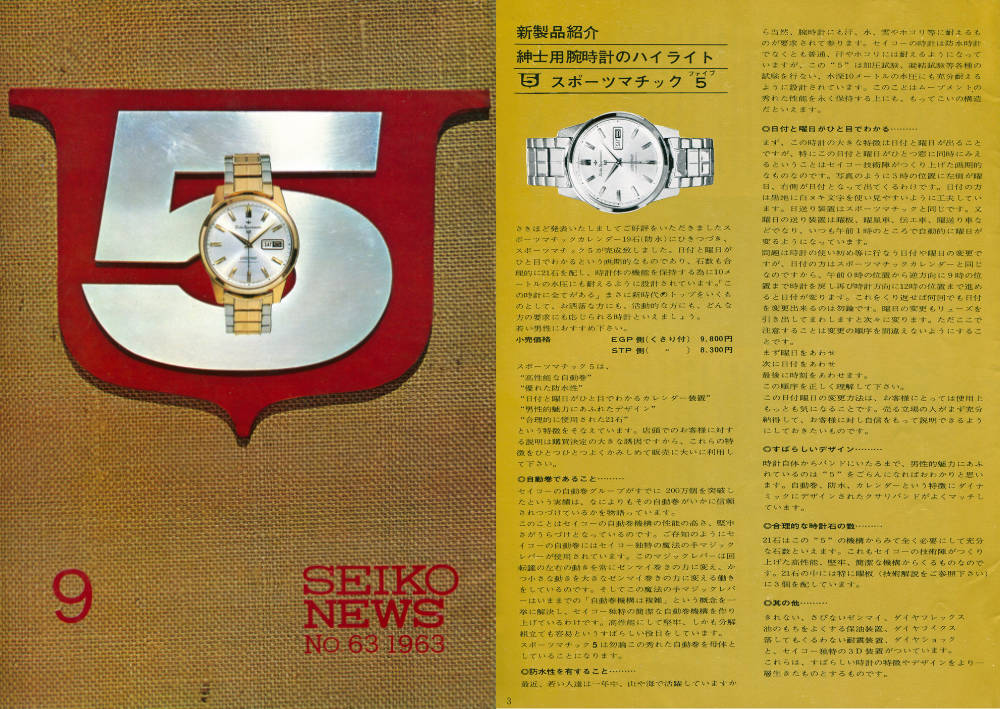
And Ren Tanaka put together a revolutionary team that was instrumental in the future strategies of the Japanese company, consisting of himself, Taro Tanaka, and Tsuneya Nakamura. In addition to the Seiko 5, the three also developed the Grand Seiko project.
The five fundamental goals of the Seiko Five project were as follows:
- Automatic watch movement
- Day and date display
- Water-resistant to an acceptable degree
- Recessed crown at the 4 o’clock position
- Durable case and bracelet
While not all of them were respected in the editions of the Five during its nearly sixty-year history, there is no doubt that these elements were critical in ensuring its success when it was introduced.
Automatic loading: the Magic Lever
One of the main reasons for the Five’s great success was (and continues to be) its affordable cost. And this was in contrast to the automatic watches of the time, based on a complex winding mechanism with planetary gears. So Seiko instead took advantage of its patent, the Magic Lever, invented by Tsuneya Nakamura, first installed in a 1959 timepiece called Gyro Marvel, which greatly simplified the system and allowed to limit the cost of the mechanism.
This system is so efficient that it makes manual winding of the watch unnecessary. This was also why Seiko 5 watches have a small, almost hidden crown at 4 o’clock: just a style element to indicate that the timepiece did not need manual winding.
The Day and Date window
Another element that seems almost trivial to us today, but was not so back then, is the Day-Date window at three o’clock. Initially, the date and day windows were separate, as is the case with the famous Rolex Day-Date and Seiko Weekdater – but to simplify the Five’s dial, one of the team’s designers, Taro Tanaka, proposed the solution with the two concentric wheels, which then became the watch industry standard in the following years.
During the Olympics, the launched only the version with the day display in English, but later the disc was modified to display two, and in some cases, three different languages.
Complete water resistance
One of the main problems of the watches of the time was water resistance, and this became a significant design challenge for Five’s designers. So first, they decided to use only stainless steel for cases and case backs to minimize tolerances caused by the thermal expansion of different materials.
Moreover, the team decided to adopt the millimeter standard in the design phase instead of Swiss manufacturers who still used the antiquated system of “Ligne” or lines. This unit of measurement, equal to 2.256 mm, was born in the late Eighteenth century to define the diameter of watch movements and was equivalent to one-twelfth of an inch.
The adoption of these expedients made it possible to design compact and water-resistant cases which, although not those offered by dedicated professional watches, were nevertheless sufficient for the purpose they pursued.
A bracelet that was studied for the watch
Another winning feature of the Seiko 5 was to provide a steel bracelet that was integrated with the watch’s design and represented a natural complement, especially for use in all situations. Most of the straps at that time were made of leather or rubber, materials not very resistant to sweat and water. Moreover, only tool watches had heavy-duty metal bracelets.
Taro Tanaka insisted on supplying these watches with a steel bracelet in line with the construction standard. Through intensive collaboration with the external supplier, he successfully designed a practical, durable bracelet, but cheap enough to be adopted in the Seiko 5 line. A feat that resulted in the Seiko Five receiving Japan’s Good Design Award in 1964 – the first watch in history to do so.
A leap into 2019
There would be so much more to say about this amazing model. Still, we have to jump ahead to 2019/2020, where Seiko has shuffled the cards, launching the Seiko 5 Sports line. This revamped edition goes up a notch higher on the scale, with larger, more water-resistant, and slightly more expensive timepieces, offering either rotating (the SRPD series) or fixed (SRPE) bezels, which become the perfect sports watches, but also stand up well on more formal occasions.
And horology history, like the mythological serpent feeding on its tail, turns around, with the Sportsmatic Five becoming the Five Sports. Still, once again, this long-lived line offers the same excellent price/quality ratio that has accompanied it over the years. Despite the constant tweaks and updates that have affected the Five, it continues to maintain that distinctive character that makes it, in its own small way, a watchmaking classic.
